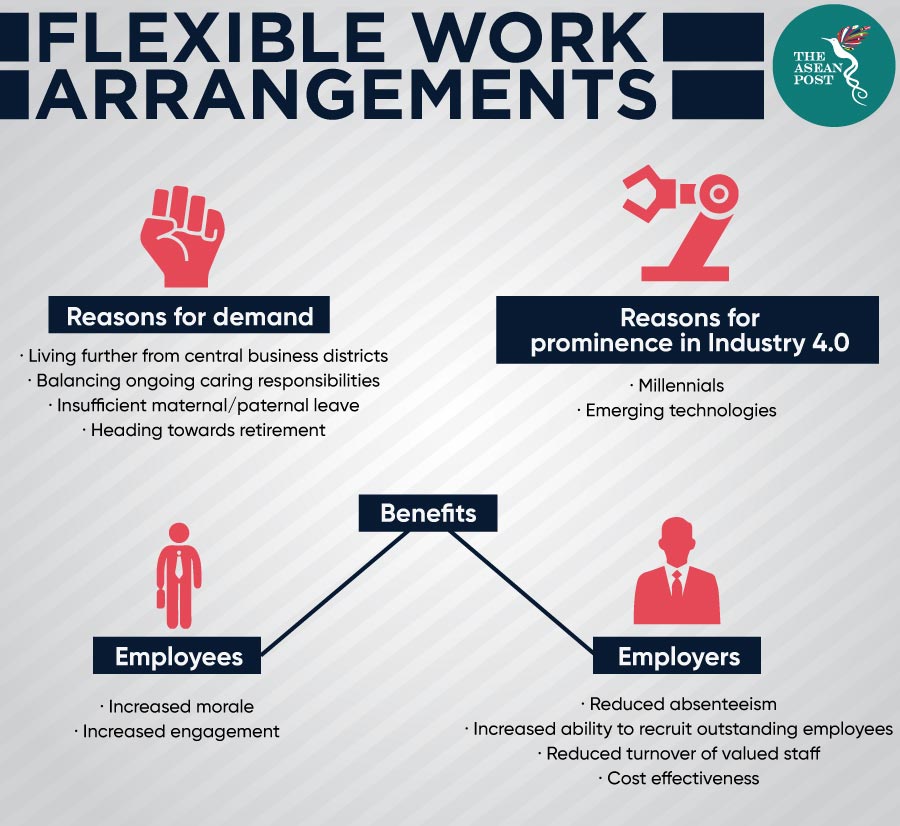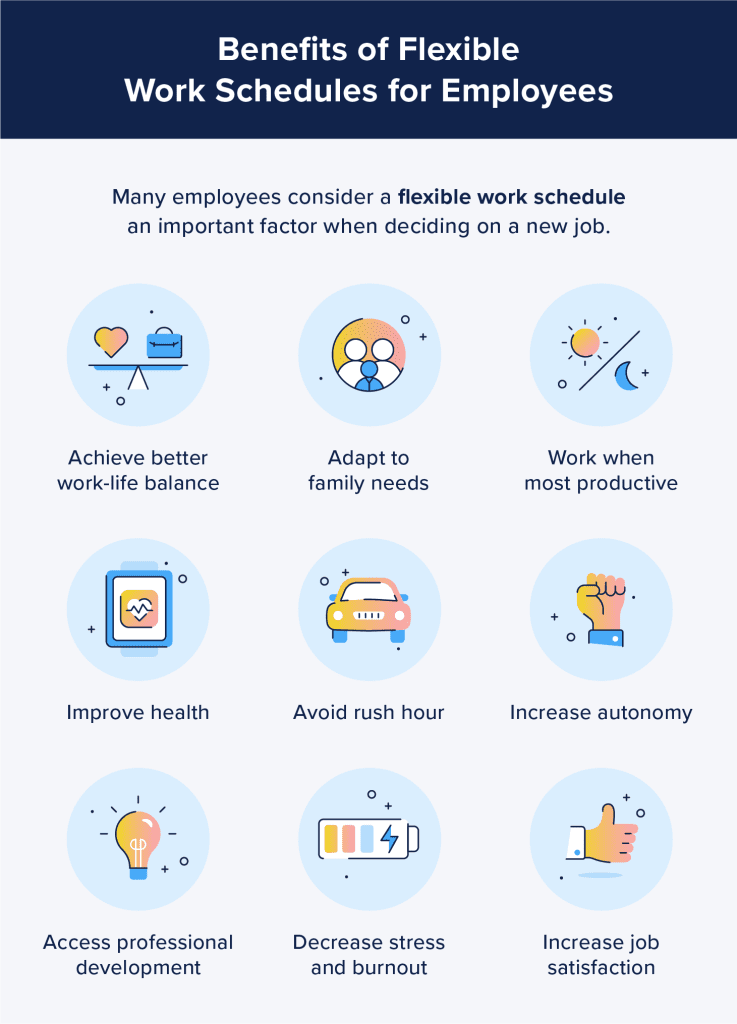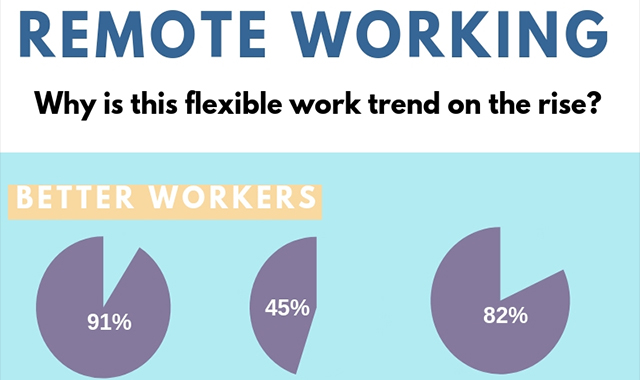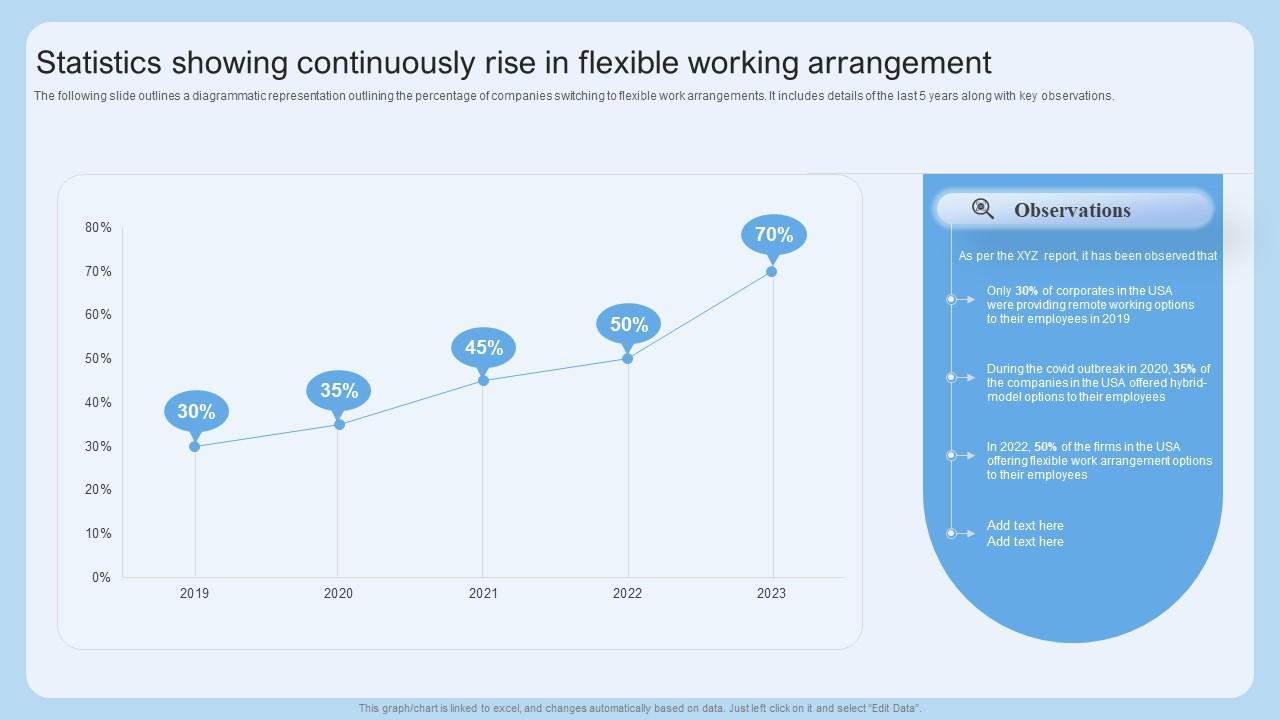The Rise of Flexible Work: Exploring Jobs with Reduced Shift Lengths
Related Articles: The Rise of Flexible Work: Exploring Jobs with Reduced Shift Lengths
Introduction
With enthusiasm, let’s navigate through the intriguing topic related to The Rise of Flexible Work: Exploring Jobs with Reduced Shift Lengths. Let’s weave interesting information and offer fresh perspectives to the readers.
Table of Content
The Rise of Flexible Work: Exploring Jobs with Reduced Shift Lengths

The traditional nine-to-five workday has been under scrutiny for years, with many questioning its efficacy and impact on employee well-being. In response, the workplace is undergoing a transformation, with flexible work arrangements gaining traction. One notable trend within this shift is the emergence of jobs with reduced shift lengths, particularly those offering four-hour shifts. This article delves into the diverse landscape of these jobs, exploring their benefits, considerations, and potential impact on the future of work.
Understanding the Appeal of Reduced Shift Lengths:
The allure of shorter shifts stems from a confluence of factors. For employees, it presents an opportunity to:
- Achieve a Better Work-Life Balance: Reduced shifts allow for greater flexibility in scheduling personal commitments, such as childcare, eldercare, or pursuing educational opportunities. This enhanced work-life integration fosters a sense of well-being and reduces stress.
- Increase Productivity and Focus: Shorter shifts can lead to heightened concentration and focus, as employees are less likely to experience fatigue or burnout. This can translate into increased productivity and a higher quality of work.
- Explore Multiple Income Streams: The flexibility offered by shorter shifts enables individuals to hold multiple jobs or engage in freelance work, thereby diversifying their income sources and potentially increasing their earning potential.
- Reduce Commute Time and Costs: Shorter shifts often translate to fewer days spent commuting, leading to significant time and financial savings. This can be particularly advantageous for individuals living in urban areas with long commutes.
Exploring the Diverse Landscape of Four-Hour Shift Jobs:
The adoption of four-hour shifts is not confined to a single industry or profession. Here are some notable examples:
1. Healthcare:
- Nursing Assistants: Nursing assistants provide basic care to patients, including assisting with activities of daily living, taking vital signs, and providing emotional support. Many facilities offer part-time positions with four-hour shifts, particularly for evening or night shifts.
- Home Health Aides: Home health aides provide personalized care to individuals in their homes. These positions often offer flexibility in scheduling, including four-hour shifts, allowing for greater work-life balance.
- Phлеbотоmіѕtѕ: Phлеbотоmіѕtѕ draw blood samples from patients for diagnostic testing. Many labs and clinics offer flexible scheduling, including four-hour shifts, to accommodate the needs of their workforce.
2. Retail and Hospitality:
- Cashiers: Cashiers process transactions, assist customers with inquiries, and ensure the smooth flow of customers through checkout lines. Retailers are increasingly offering part-time positions with four-hour shifts, particularly for peak hours or weekend shifts.
- Baristas: Baristas prepare and serve coffee and other beverages, often interacting with customers and creating a welcoming atmosphere. Coffee shops are known for offering flexible schedules, including four-hour shifts, to accommodate the needs of their staff.
- Food Service Workers: Food service workers prepare and serve food, maintain cleanliness, and ensure customer satisfaction. Restaurants are increasingly offering part-time positions with four-hour shifts, particularly for lunch or dinner rushes.
3. Customer Service:
- Customer Service Representatives: Customer service representatives handle inquiries, resolve issues, and provide support to customers via phone, email, or chat. Many companies offer flexible work arrangements, including four-hour shifts, allowing employees to work from home or other remote locations.
- Technical Support Specialists: Technical support specialists provide assistance to customers with technical issues related to software, hardware, or other technology. Many companies offer flexible work arrangements, including four-hour shifts, to accommodate the needs of their workforce.
4. Transportation and Logistics:
- Delivery Drivers: Delivery drivers transport goods to customers in a timely and efficient manner. Many delivery companies offer flexible schedules, including four-hour shifts, to accommodate the demands of the delivery industry.
- Ride-Sharing Drivers: Ride-sharing drivers provide transportation services to passengers using mobile apps. These positions offer flexibility in scheduling, allowing drivers to work when it suits them, including four-hour shifts.
5. Education and Training:
- Tutors: Tutors provide individualized instruction to students in a variety of subjects. These positions often offer flexible schedules, including four-hour shifts, allowing tutors to work around their own schedules.
- Online Instructors: Online instructors deliver courses and provide instruction to students remotely. These positions offer flexibility in scheduling, including four-hour shifts, allowing instructors to work from anywhere with an internet connection.
Benefits for Employers:
The adoption of four-hour shifts is not solely driven by employee preferences. Employers are increasingly recognizing the benefits of offering such arrangements, including:
- Increased Employee Retention: Flexible work arrangements, including four-hour shifts, can enhance employee satisfaction and reduce turnover rates.
- Improved Productivity: Shorter shifts can lead to heightened concentration and focus, resulting in increased productivity.
- Enhanced Diversity and Inclusion: Flexible work arrangements can attract a wider pool of talent, including individuals with caregiving responsibilities or other commitments.
- Reduced Operational Costs: Offering four-hour shifts can help employers reduce overhead costs associated with full-time employees, such as benefits and office space.
Considerations and Challenges:
While the benefits of four-hour shifts are undeniable, there are also considerations and challenges to be addressed:
- Scheduling Complexity: Implementing four-hour shifts can require careful planning and coordination to ensure adequate staffing levels at all times.
- Employee Training: Employees working shorter shifts may require additional training to ensure they are fully equipped to handle their responsibilities efficiently.
- Potential for Job Fragmentation: Employees working shorter shifts may experience less job security and fewer opportunities for career advancement.
- Lack of Employer Awareness: Many employers may not be fully aware of the benefits of offering four-hour shifts or the strategies for effectively implementing such arrangements.
FAQs about Jobs with Reduced Shift Lengths:
Q: Are four-hour shifts suitable for all types of jobs?
A: Not all jobs are well-suited for four-hour shifts. Jobs that require extensive training, specialized skills, or continuous on-site presence may not be ideal for such arrangements.
Q: How can I find jobs with four-hour shifts?
A: You can search for jobs with reduced shift lengths by using keywords such as "part-time," "flexible schedule," or "four-hour shifts" in online job boards or company websites.
Q: What are the legal implications of offering four-hour shifts?
A: Employers need to comply with labor laws and regulations regarding minimum wage, overtime pay, and other employment standards when offering four-hour shifts.
Q: What are the potential downsides of working four-hour shifts?
A: Potential downsides include potential for job fragmentation, less opportunity for career advancement, and the need to juggle multiple jobs to achieve a desired income level.
Tips for Finding and Succeeding in Jobs with Reduced Shift Lengths:
- Highlight Your Flexibility: In your resume and cover letter, emphasize your ability to work flexible hours and adapt to different schedules.
- Network with Professionals: Attend industry events or connect with professionals in your field to learn about potential opportunities for jobs with reduced shift lengths.
- Be Proactive: Reach out to companies directly to inquire about their flexible work arrangements or potential opportunities for four-hour shifts.
- Develop Strong Communication Skills: Effective communication is crucial when working shorter shifts, as it allows for seamless coordination with colleagues and supervisors.
Conclusion:
The emergence of jobs with reduced shift lengths, particularly those offering four-hour shifts, represents a significant shift in the landscape of work. This trend is driven by a confluence of factors, including the desire for greater work-life balance, increased productivity, and the need for flexibility. While there are challenges to be addressed, the benefits for both employees and employers are undeniable. As the demand for flexible work arrangements continues to grow, the adoption of four-hour shifts is likely to become increasingly prevalent, shaping the future of work and creating new opportunities for individuals seeking a more balanced and fulfilling career.








Closure
Thus, we hope this article has provided valuable insights into The Rise of Flexible Work: Exploring Jobs with Reduced Shift Lengths. We thank you for taking the time to read this article. See you in our next article!
